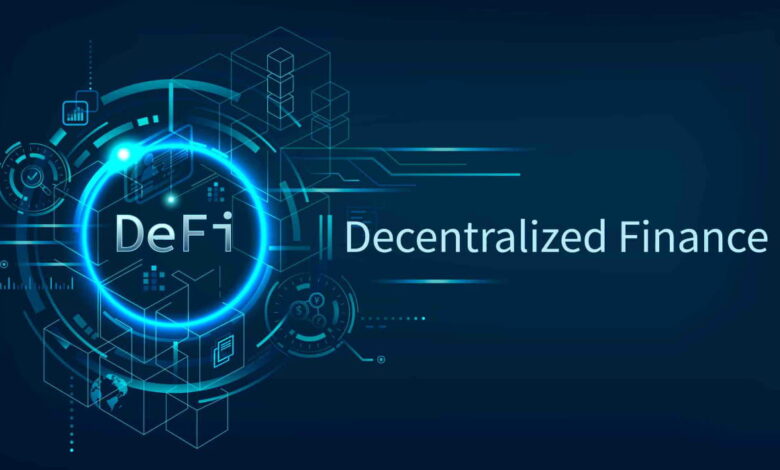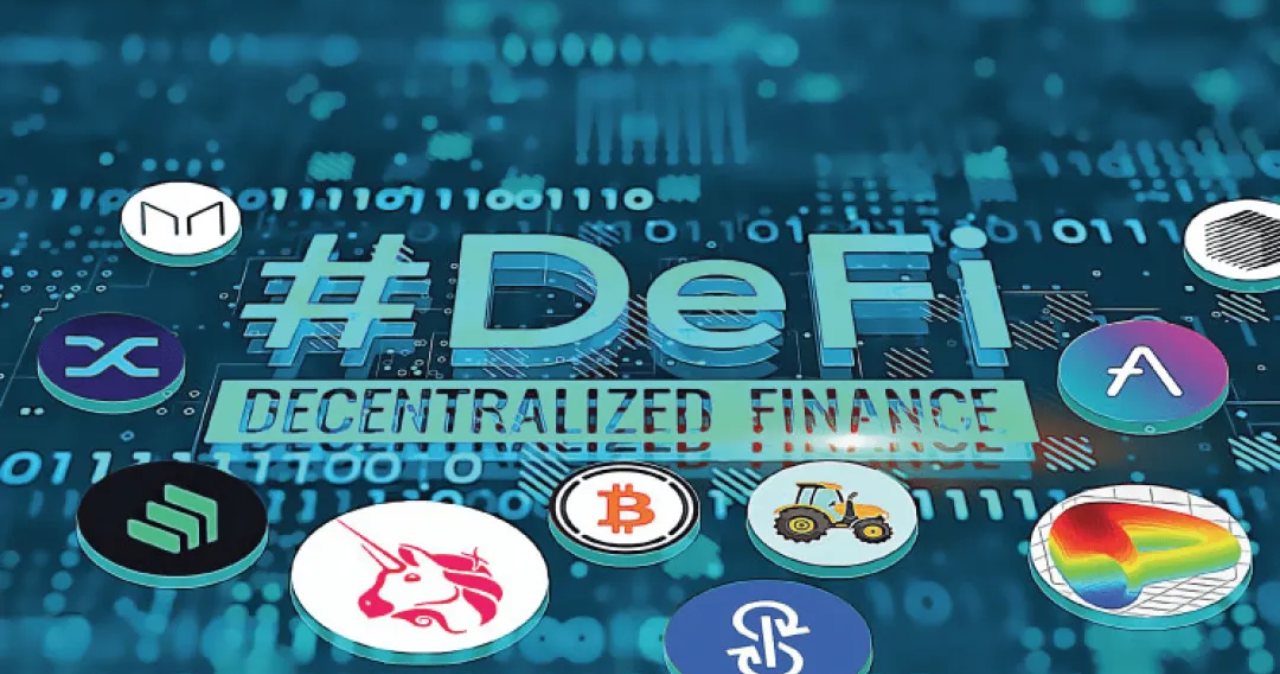Top DeFi Insurance Protocols to Watch in 2025 for On-Chain Safety

As decentralised finance (DeFi) continues to develop, insurance is an essential yet underappreciated component of it. DeFi insurance procedures will have advanced well beyond simple smart contract coverage by 2025. There is a greater need than ever for dependable, on-chain risk prevention, as billions of assets are trapped in DeFi ecosystems and breaches continue to occur.
As the decentralised network becomes more complex, new insurance models are emerging that incorporate multi-chain coverage, utilise DAO voting for claims processing, and employ AI. DeFi Lending for Beginners, The goal of these developments is to bridge the gap between Web3’s trustless frameworks and conventional insurance models.
Why DeFi Insurance Matters More Than Ever
DeFi remains vulnerable to security flaws, despite its innovations, which can range from flash loan exploits and oracle failures to smart contract issues and governance attacks. Chainalysis estimates that DeFi-related vulnerabilities will cost more than $2.6 billion in 2024 alone. As a result, there is now a greater need for decentralised security that is independent of opaque underwriting procedures and centralised gatekeepers.
By enabling users to buy policies that reimburse them for losses resulting from particular situations, DeFi insurance protocols provide risk mitigation. The way these rules are drafted, priced, and implemented in 2025 will be different, with automation, openness, and interoperability at their centre.
Major Trends Reshaping DeFi Insurance in 2025
The transition to parametric insurance models is among the most significant changes. Payouts are automatically initiated by predetermined events, such as an on-chain oracle reporting a hack or a protocol’s total value locked (TVL) falling below a specific threshold, rather than requiring manual claim filing. These models significantly expedite the claims process and eliminate human prejudice.
Secondly, DeFi insurance is expanding beyond smart contract risks to cover other types of losses. These include:
-
Stablecoin depegging insurance
-
Validator slashing protection
-
NFT custody coverage
-
Cross-chain bridge failures
Protocols are also introducing multi-chain insurance pools, which allow users on chains like Arbitrum, Optimism, and Avalanche to access coverage without needing to bridge assets or rely on Ethereum L1.
Leading DeFi Insurance Protocols to Watch
In 2025, several platforms are standing out for their innovation, decentralisation, and reliability.

- Nexus Mutual has introduced AI-based risk modeling and multi-chain governance, making it one of the most advanced decentralized autonomous organizations (DAOs) in the insurance space. It also launched “Protocol Bundles”, which allow users to cover multiple DeFi apps under one premium plan.
- InsurAce has expanded its coverage to over 30 chains and now offers pooled staking with reduced slashing risk. It utilises an automated scoring engine to adjust premiums based on protocol risk scores dynamically.
- Uno Re, a reinsurance protocol, continues to attract institutional capital into decentralised finance (DeFi) insurance. In 2025, it launched a delegated underwriter model, enabling experienced participants to curate pools and offer insurance backed by on-chain liquidity providers (LPs).
- Ease (formerly Armor.Fi) has pivoted to a “no-premium” model. Users don’t pay upfront but instead share risk in a pooled vault system. If a hack occurs, payouts are made from the shared vault in proportion to their exposure.
What Makes These Protocols Unique in 2025?
Most modern DeFi insurance products offer:
-
DAO-driven governance: Policy terms and claims approvals are voted on by token holders.
-
Smart contract automation: Immediate payout logic built into contract terms.
-
Cross-chain functionality: Policies that span across multiple L2s and sidechains.
-
Modular cover packages: Users can combine slashing, depeg, and smart contract risks into custom portfolios.
Unlike traditional insurers, these platforms are permissionless, transparent, and often community-owned. They also integrate closely with wallet providers, DeFi dashboards, and liquidity aggregators—making it easier for users to add insurance with just a few clicks.
Challenges Still Facing DeFi Insurance
Despite these advancements, challenges persist in DeFi insurance in 2025. The majority of policies require excessive collateralization, which restricts expansion and raises concerns about capital efficiency. Protocols also differ in terms of underwriting quality, particularly those with less governance supervision.
Additionally, there is a lack of user education. Many DeFi users are still unaware of what their plans cover, or they mistakenly believe they’re automatically covered. DeFi and Web3 Growth, Mass adoption requires education campaigns, a more user-friendly interface, and simplified legal language.
Moreover, regulatory structures in the real world are still catching up. Decentralised insurance operates in a grey area, even though it bypasses numerous licensing barriers, especially in countries like the US and the EU, where financial goods are subject to consumer protection laws.
FAQs
Q1. What is DeFi insurance?
Ans: DeFi insurance is a decentralized alternative to traditional insurance, protecting users against on-chain risks like smart contract bugs, bridge hacks, or stablecoin depegs using blockchain technology.
Q2. How are claims processed?
Ans: Claims are processed either automatically (in parametric models) or via DAO voting. Payouts are executed through smart contracts based on pre-set conditions or community approval.
Q3. Is DeFi insurance regulated?
Ans: Most DeFi insurance platforms are not subject to traditional regulatory oversight. However, some are engaging with regulators and building frameworks to comply with local laws where possible.
Q4. Which protocols offer the best coverage?
Ans: Top platforms in 2025 include Nexus Mutual, InsurAce, Uno Re, and Ease—all known for broad coverage, governance transparency, and technical innovation.
Q5. Can I buy insurance across multiple chains?
Ans: Yes. Many platforms now support cross-chain coverage, allowing you to insure your positions on various blockchains like Ethereum, Arbitrum, Solana, or Avalanche using a single policy.
